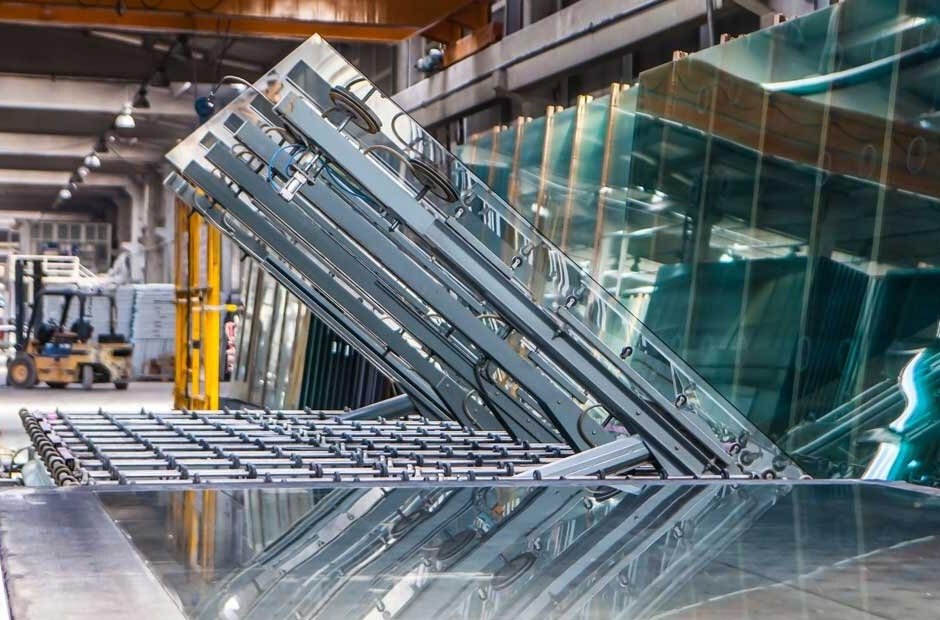In today’s fast-paced world, the integration of technology into our surroundings has become a necessity. The concept of smart spaces has gained significant traction in recent years, transforming our homes, offices, and commercial spaces into efficient and connected environments. When it comes to commercial spaces, one key element that plays a pivotal role in this transformation is the use of advanced commercial glazing systems. In this blog, we will explore how smart spaces are being created by integrating technology with commercial glazing systems, enhancing both aesthetics and functionality.
The Role of Commercial Glazing Systems
Commercial glazing systems, often made of glass or other transparent materials, serve multiple purposes in modern architecture. They allow natural light to flood into spaces, reducing the need for artificial lighting and creating a more pleasant working or shopping environment. Moreover, they provide a connection to the outside world, offering impressive views and fostering a sense of openness.
Enhancing Energy Efficiency
One of the primary goals of integrating technology with commercial glazing systems is to improve energy efficiency. Smart glazing systems can automatically adjust their transparency based on external factors like sunlight and temperature. This dynamic tinting reduces the need for heating, cooling, and artificial lighting, resulting in lower energy consumption and reduced operational costs.
Smart Glass Technology
Smart glass, also known as switchable glass, is a prime example of the fusion of technology with commercial glazing systems. It has the ability to change its transparency at the push of a button or automatically in response to sensors. This innovative technology can be incorporated into commercial glazing, allowing for greater control over privacy, light, and heat. For example, in a conference room, smart glass can be set to a transparent mode for natural light during meetings and then switched to an opaque mode for privacy during sensitive discussions.
Integration with Building Management Systems
To create truly smart spaces, commercial glazing systems are often integrated with building management systems (BMS). BMS is the brain behind the operation, monitoring, and control of various building functions. By connecting glazing systems to BMS, building managers can remotely control and monitor the transparency of windows, as well as adjust heating, cooling, and lighting to optimize energy usage and comfort. This integration leads to efficient and eco-friendly commercial spaces.
Enhancing Security and Privacy
Incorporating technology into commercial glazing systems also enhances security and privacy. Smart glazing can become instantly opaque when needed, providing privacy for sensitive meetings or protecting merchandise in retail spaces. This added layer of security can be a crucial feature for commercial properties, especially in urban environments.
Interactive Displays and Augmented Reality
The integration of technology with commercial glazing systems goes beyond energy efficiency and security. Some advanced glazing solutions can also serve as interactive displays. Transparent screens can be embedded within glass surfaces, transforming them into interactive touchpoints for customers or employees. This feature is particularly beneficial in retail settings, where it can be used to showcase products or provide information to shoppers. Moreover, augmented reality (AR) can be overlaid onto smart glass surfaces, offering immersive experiences for customers and visitors.
Design Flexibility and Aesthetics
Smart glazing technology doesn’t just offer functional benefits; it also provides design flexibility and enhances aesthetics. Architects and designers can experiment with various glazing options to create unique and visually stunning spaces. The ability to control transparency and opacity allows for creative architectural designs, such as glass facades that appear solid from the outside but provide views from the inside.
The integration of technology with commercial glazing systems is revolutionizing the way we design, manage, and experience commercial spaces. From energy efficiency and security to interactive displays and stunning aesthetics, the possibilities are endless. Smart spaces created through this integration not only offer tangible benefits in terms of cost savings and functionality but also provide a more pleasant and engaging environment for employees, customers, and visitors. As the world continues to advance, the smart integration of technology with commercial glazing systems will undoubtedly play a pivotal role in shaping the future of commercial architecture and design.


